All about setting up gusli
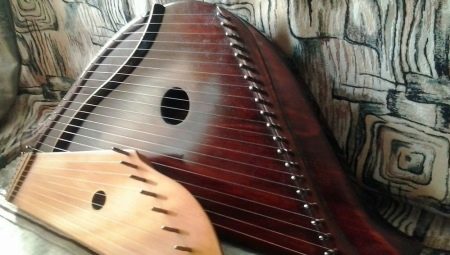
Musicians who love traditional Russian culture often learn to play the harp. Their sound can be heard at many cultural events. But, as with any stringed instrument, proper tuning is necessary for a high-quality sound. This article will serve as a user's guide to this complex but necessary process.

Peculiarities
There are three types of gusli:
-
professional (or academic) - used by those who are ready to invest a lot of time in learning to play this instrument, the structure of such gusli is 3 sharp;
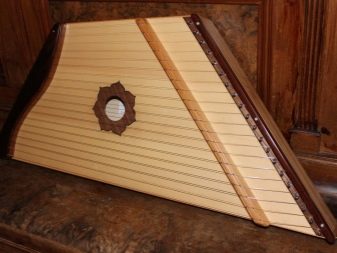

-
traditional (pterygoid) - used by amateurs who do not need a lot of training before playing, the structure of such gusli is diatonic;
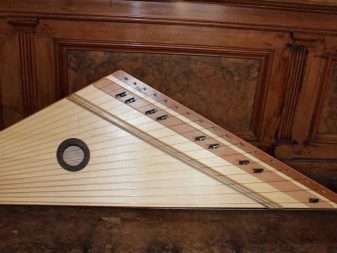
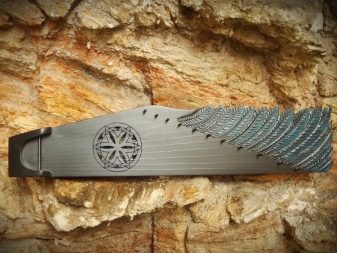
- helmet-shaped - a traditional instrument of the peoples of the Volga region, have a large number of strings and a free system.
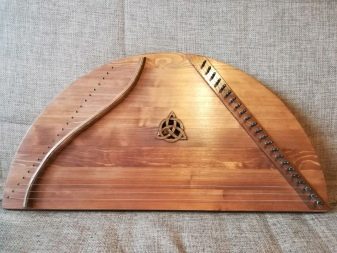
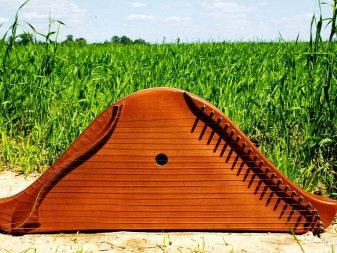
The main difficulty in setting up a ghusl is that there are no specific criteria by which it should be carried out. Each musician tunes the instrument based on his own ear for music. Often the setting depends on what the performer is going to play. For example, the overtone tuning used by traditional folk musicians requires a long hold on a large number of sounds. Aside from the type of song, one of the factors can be the scheme the musician uses.
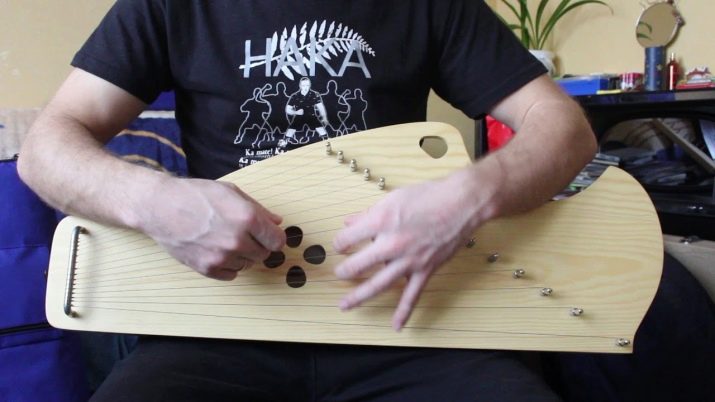
The strings can affect the sound of the gusli. New, previously unused strings can be out of tune, producing low-pitched notes. Or, a previously used instrument that has not been used for a long time may also have sound problems. The temperature difference also plays a role. If you play in a warm room for a long time, and then go out into the cold, then the harp will begin to out of tune.
As stated earlier, strings play an important role in the sound of an instrument. Therefore, it is not always necessary to tune the instrument, as there is a possibility that the type of playing does not suit the type of strings. Subtle varieties require gentle, gentle application and are suitable for calm songs. Accordingly, the situation is reversed with thick strings: more effort is needed on them, they make a louder and more sonorous sound.
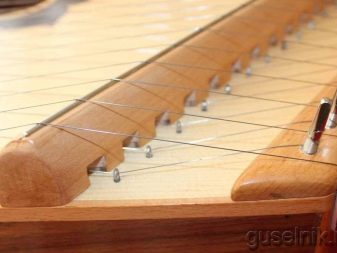
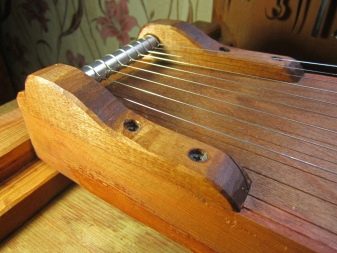
What is required?
To facilitate the setup process, you can use a special key. It should be included with the tool. If this is not the case, it can be purchased separately, the main thing is that it matches the model of the gusli used, as the tuners may differ from instrument to instrument.
There are also universal tuning keys that fit different types of gusli or even other instruments such as the harp and piano. Tuning strings with such a device at hand will be much easier.
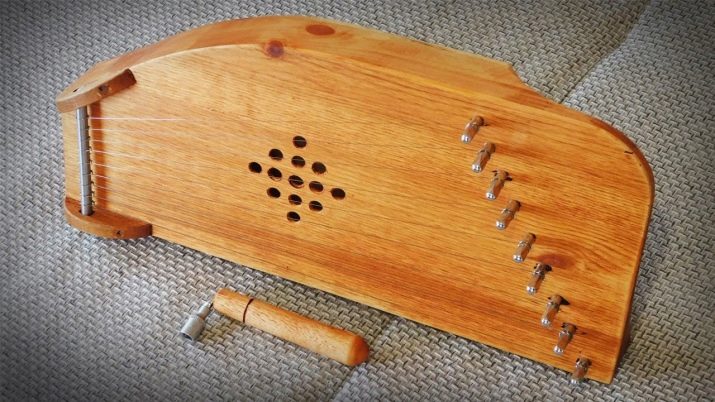
If earlier musicians had to tune instruments by ear, now there is a special device for this - a tuner. He will determine by sound what needs to be done with the string. Tuners differ from each other in design and functionality. Some of them have convenient attachments such as clothespins and clips, which will take away the inconvenience of hand-held tuners. Some models include chord guides, however, most of them are only suitable for guitars, and it will be easier to buy a paper copy than to look for a tuner that fits these criteria. There are also free programs and applications for mobile phones, computers and laptops. They will save you money and space on buying and storing a separate tuner.
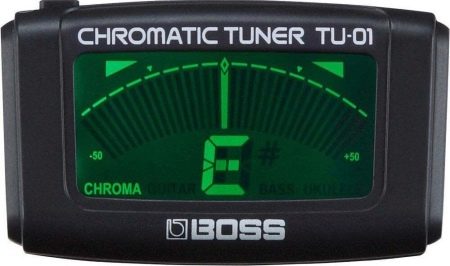
You can keep with you special tables with notes, which will serve as an excellent, and sometimes necessary addition to the tuner. The main thing is to remember that such tables are made according to the number of strings, so as not to make a mistake when choosing. They can be easily found on the Internet, but it is still advisable to make a printout in case of emergency, so that at least they are at hand, and you do not have to tune the instrument, relying only on your ear.
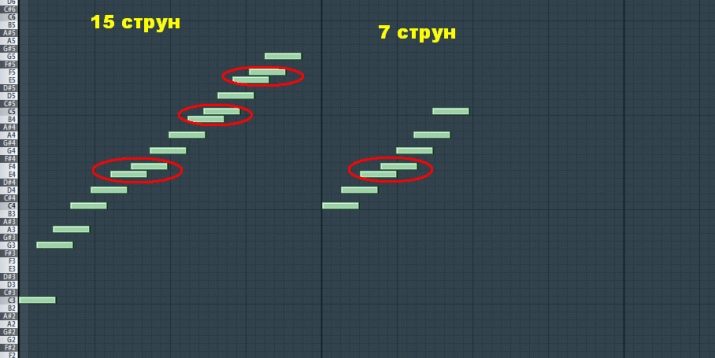
How to setup?
There are many ways to tune the gusli, but the simplest method is using a tuner. The principle of operation of all their types is the same. The tuner needle notices the tonality of the string being tuned and indicates the most appropriate note. It also shows a deviation from it. Each gusli model has its own specific notes, so in order to correctly tune the instrument with one hundred percent probability, you need to either contact the manufacturer or look in the papers, if there were any in the kit. The structure of the gusli, which has 9 strings, is usually as follows: la, do, re, mi, fa, sol, la, si flat, do.
When tuning an instrument, keep in mind that this process has no definite rules, and it all depends on the music that the performer wants to play.
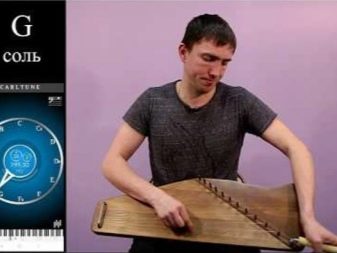
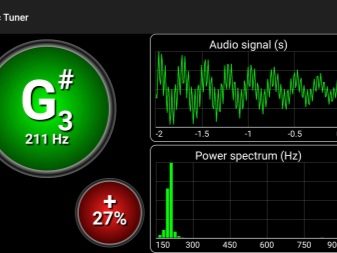
Usually on all songs there is a bourdon - two strings with a low sound. This tradition began with the appearance of seven-string gusli, when two of them could be distinguished for low-frequency sounds, and the remaining 5 were quite enough for all songs.
For ghusli, a 12-note table is usually used. It repeats salt, fa, si, do, re, so there are more than seven notes in it. It can be used to tune any harp, even 15-string trapezoidal and 18-string helmet-shaped. The table usually has 10 lines for each string, one of which is for bourdon. If there are more strings, then from the 8th note they start repeating from the beginning.
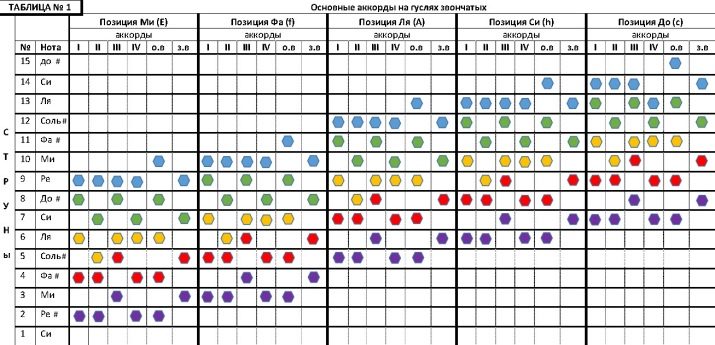
Having decided on the tuning of the instrument, you can start tuning. When using the tuner, it is recommended to set 85% of the notes according to the table, the rest - at your discretion. It is advisable to tune bourdon last. Tuning is done by twisting the tuning pegs to create the desired tension. Having pulled or loosened the strings, it is necessary to double-check them with the tuner. If the played notes match those set, then the tuning was successful. If not, then you need to repeat the process again.
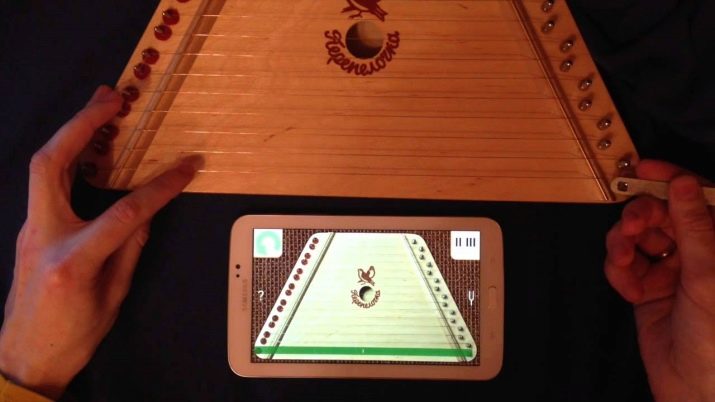
You can tune the harp by ear.Instead of notes, this process uses intervals: octaves, fifths, quarters and major triads. A musician who knows them can easily tune the instrument without resorting to the use of third-party instruments. The setup process is as follows:
- the first string is tuned by ear;
- the fifth - on the first, fifth;
- the third - by the triad between the two described above;
- the fourth - on the first, quart;
- the second - by the fifth, quart;
- the sixth - on the second, fifth;
- the seventh - for the fourth, quarter;
- the rest of the strings - octave in order from the beginning (eighth to first, ninth to second ...), include a bourdon in them.
Next, you need to check the result, and, if necessary, adjust the harp again.
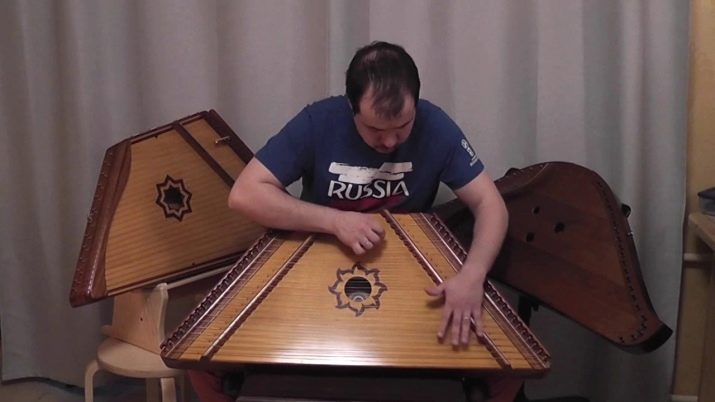
For tuning gusli using the tuner, see the video.









Yes, the article is good. A friend tunes in by ear, but I cannot, I will use the advice.